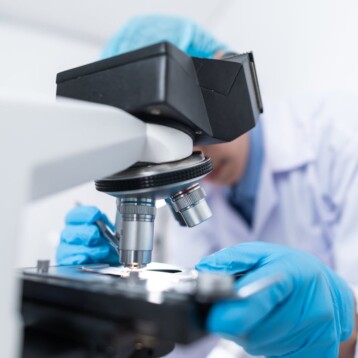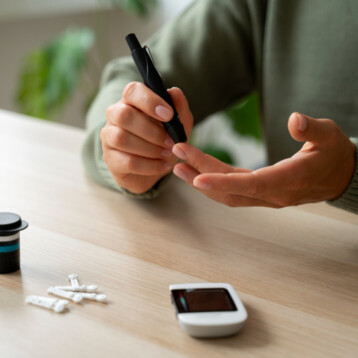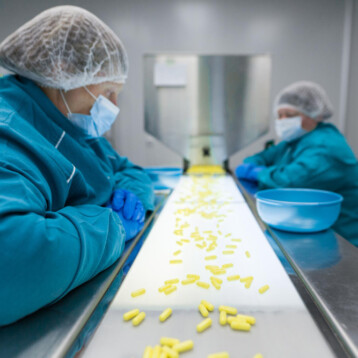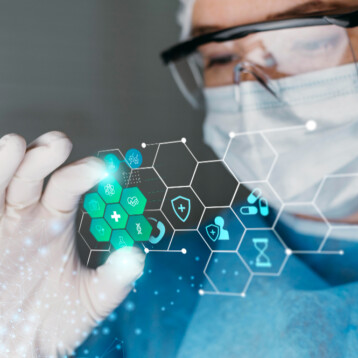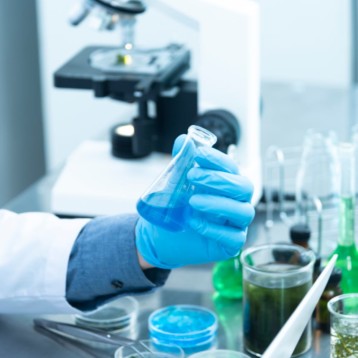|
For most people, Global Positioning Systems (GPS) are known solely as a navigational aid for those who lack sense of orientation, or just don’t know an area. Michal Isaacson, a doctoral student working with Dr. Noam Shoval of the geography department at the Hebrew University of Jerusalem, has recently shown that GPS can also be applied commercially to better deal with crowd or shopper management, and can even be used to evaluate patient recovery following surgery.
The Global Positioning System (GPS) is a space-based global navigation satellite system that provides reliable location and time information in all weather and at all times, anywhere on or near the Earth where there is an unobstructed line of sight to four or more GPS satellites. Currently, the 24 satellites that comprise the system are maintained by the United States government, but it is still freely accessible by anyone with a GPS receiver.
Issacson’s study shows that by tracking movement of people, we can better understand their activity in different settings. For instance, in urban areas, shopping malls, theme parks, and national parks, people might show different patterns of movement, from which we can learn how crowds interact in each setting.
The system Issacson and Shoval have developed harness GPS technology to record the location of people for a designated period of time. In order to do so, the individuals are required to carry a small GPS unit with them. The new application has already been tested at the Port Aventura theme park in Spain, where people were given such GPS units. Afterwards the tracking data was analyzed using a computerized time/space analysis engine. The resulting maps indicate the volumes of activity throughout the location; moreover, the software created charts that show how different types of populations spent their time in the location.
Besides creating post-hoc informative reports, such as charts and maps, the obtained data can also be used in real time. Such usage creates virtual “radar”, which shows the activity of visitors throughout a destination during events. Busy malls, for instance, could use such real time analysis to manage attractions in a more efficient way, both enlarging the number of people that can visit an attraction within a given time frame as well as controlling the flow of people in a way that allows for the growth of sales and enlarged revenues. It is worth mentioning that while high-capacity retail shops could contain many customers, long waiting lines create dissatisfaction; therefore, smart utilization of any given crowd of shoppers could maintain high revenues without causing customers’ disappointment.
The new technology also has medical applications. By giving post-surgery patients a GPS unit, their mobility could be detected (by tracking their movements), thus allowing the treating staff to have follow-up information. By combining this information with physiological data (such as heart rate and blood pressure), physicians could ensure that their patients are recovering at the expected rate.
The medical aspect of the new technology was developed in collaboration with Dr. Yair Barzilay, of the Hebrew University Hadassah Medical School and the Orthopedic Surgery Unit at Hadassah University Hospital.
Isaacson’s research has already been recognized for its importance; she has been named the first prize winner among students in this year’s competition for the Kaye Innovation Awards at the Hebrew University. Furthermore, the system has recently been licensed to an American company, Location Based Intelligence, for further development and commercialization in the medical area.
TFOT has also covered MMC212xM, a magnetic sensor that will enable greatly improved location-based services (LBS) in cellular phones and handheld GPS systems, and cellular diagnostics, a process that transmits medical images via cellular phones, which can provide sophisticated radiological diagnosis and treatment to the majority of the world’s population who currently do not have access to such technology.
For more information about the utilization of GPS for crowd management and medical uses, see the Hebrew University’s website (Hebrew, translated via Google Translate).



